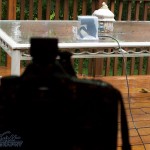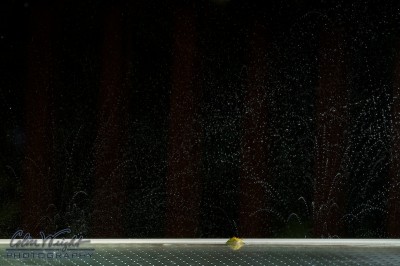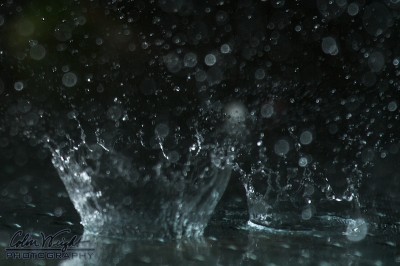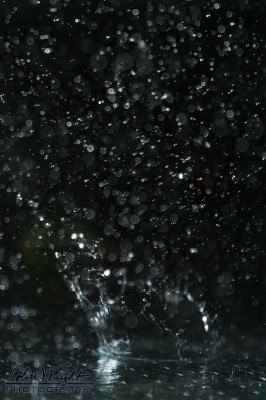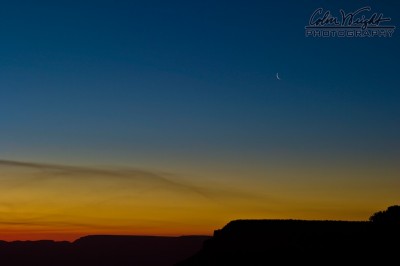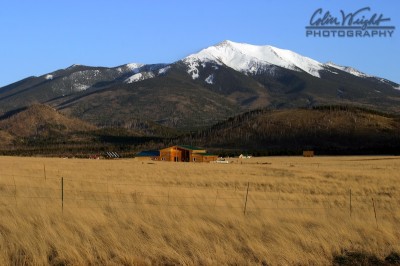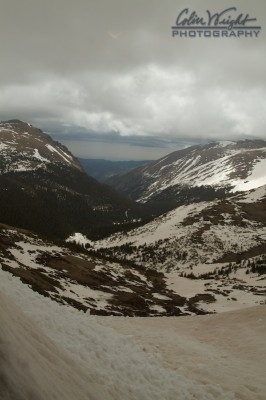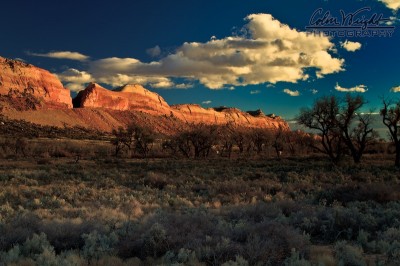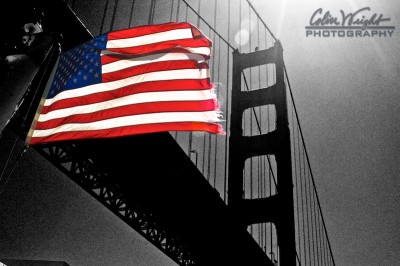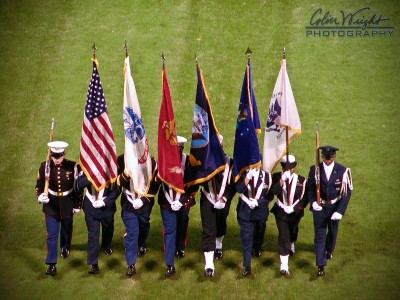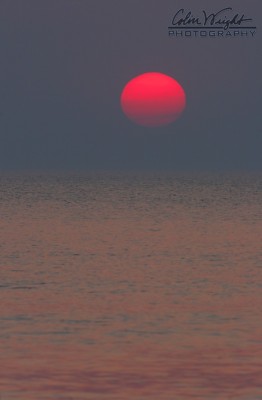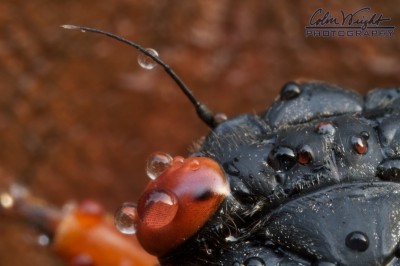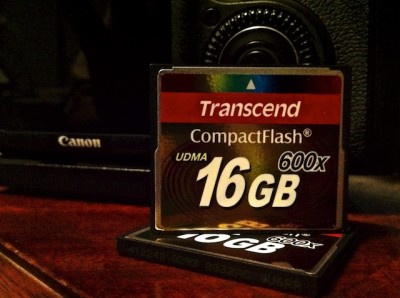 MacRumors updated their sub-site for OS X Yosemite to include info about the new Photos app, which appears destined to launch with the next drop of Yosemite. I’d guess that’ll be in March or April.
MacRumors updated their sub-site for OS X Yosemite to include info about the new Photos app, which appears destined to launch with the next drop of Yosemite. I’d guess that’ll be in March or April.
Frankly, it’s the time I dreaded.
The news about Photos isn’t good, at least not for me. Aperture has essentially been deprecated (although it still runs, and likely will for a while), but the ecosystem that keeps it functional will no longer be developed. No more versions of Aperture are to come, which is very sad.
Several years ago, I was a Lightroom junkie, and loved the product. However, it didn’t handle geodata very well. While that’s not the most important thing in the world, it’s pretty dang nice. And for files that couldn’t take metadata natively (like RAW files), it was necessary to generate sidecar files to carry that info so you could see it from the OS. That’s all well and good inside the application, but from the OS, it was awful. When I’d do a Spotlight search for some piece of metadata in my images, I’d get a ton of sidecar files as search results, rather than the actual images. This meant that I couldn’t see thumbnails for these images in Finder’s display of the results, so I had no idea if the images pointed to by the sidecar files were of Elvis, space aliens or Santa Claus.
And that’s when I made the switch to Aperture.
It wasn’t easy, but I was careful about my exports from Lightroom, preserving my directory structure that I’d been carrying since 2002, and I got everything into Aperture. I’ve been way happy with it, and its integration into the Mac OS. However, with Yosemite, the announcement was made that Apple would have a new application called Photos, and with that, the speculation about what that meant for Aperture (and iPhoto) began.
When that writing hit the wall, it was obvious that Aperture was going to be shuttered, and with that, there was a huge clatter of noise from pro photographers about moving to Lightroom. Even Apple said that was the right destination for professional photographers. And based on what I read on MacRumors today, I’d have to agree.
Photos will not allow plugins, which is a cornerstone for photo editing in most photography applications. I use Nik, OnOne and other filters in editing my images, and giving up that kind of control and capability within the application is a pretty tough pill to swallow.
And based on what I gather, Photos wants to own the location of my images, meaning that my carefully manicured old-fashioned file folder-based system of filing my images would no longer be supported. Aperture was happy to deal with that via referenced images, and that was perfect for me. Call me a control freak, but knowing where things are lets me sleep better at night.
I suspect this is just the tip of the iceberg, however. I’m betting that if you like iPhoto, this’ll feel like a big ol’ improvement. For those of us that loved Aperture, this is a big step backward.
So, Lightroom, here I come. Have the things that drove me to Aperture been fixed? Can I get all the nuggets of metadata out of Aperture, and into Lightroom? Well, that remains to be seen. Adobe has some basic instructions for how to make that migration, and is promising a tool that will make that much more automated. While I’ve got Lightroom 5 installed, I’m waiting for the tools to catch up to the reality of actually cutting over to Lightroom from Aperture.
For now, I’ll just hide and watch, eagerly awaiting the time to actually make the cutover to Adobe’s Lightroom, and turn out the lights on Aperture for a final time.


